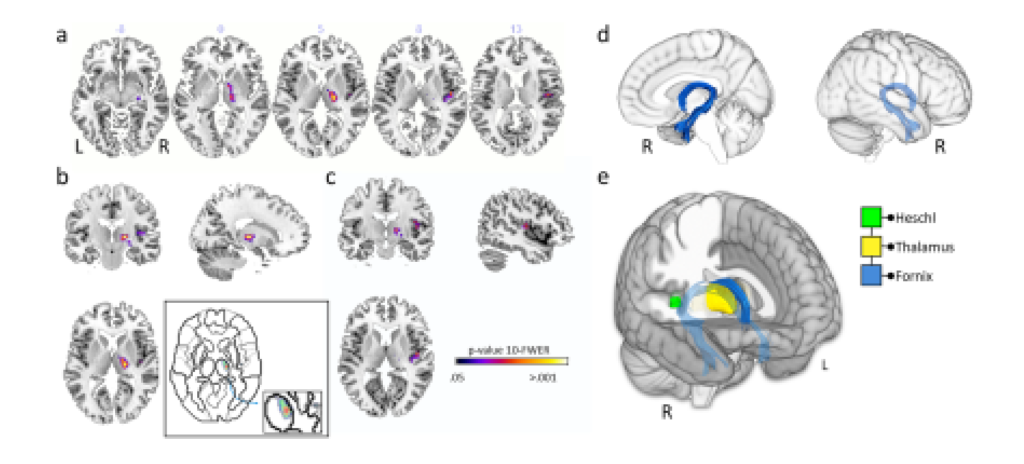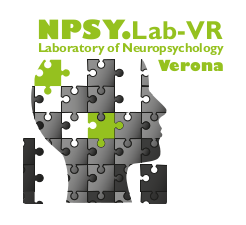Authors: Sara Bertagnoli, Valentina Pacella, Elena Rossato, Paul M. Jenkinson, Aikaterini Fotopoulou, Michele Scandola, Valentina Moro
Personal neglect is a disorder in the perception and representation of the body that causes the patients to behave as if the contralesional side of their body does not exist. This clinical condition has not been adequately investigated in the past as it has been considered a symptom of unilateral spatial neglect, which has mainly been studied with reference to extrapersonal space. Only a few studies with small samples have investigated the neuroanatomical correlates of personal neglect, and these have mainly focused on discrete cortical lesions and modular accounts, as well as being based on the hypothesis that this disorder is associated with somatosensory and spatial deficits. In the present study, we tested the novel hypothesis that personal neglect may be associated not only with discrete cortical and subcortical lesions, but also with disconnections of white matter tracts. We performed an advanced lesion analyses in a large sample of 104 right hemisphere damaged patients, 72 of whom were suffering from personal neglect. Results from the analyses of the grey and white matter were controlled for co-occurrent clinical variables such as extrapersonal neglect, anosognosia for hemiplegia and motor deficits, along with other lesion-related variables such as lesion size and the interval from the lesion onset to neuroimaging recordings. Our results reveal that personal neglect is associated with lesions in a medial network which involves the temporal cortex (Heschl’s gyrus), the ventro-lateral nuclei of the thalamus and the fornix. This suggests that personal neglect involves a convergence between sensorimotor processes, spatial representation and the processing of self-referred information (episodic memory).

